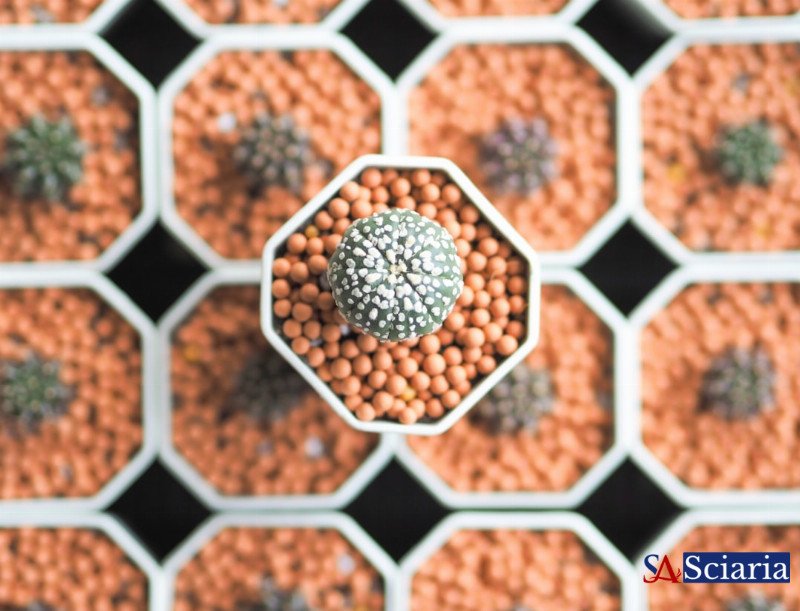Beyond Silicon: How Living Materials Are Engineering Our Sustainable Bio-Future
- Sciaria
- Biotechnology
- Oct 14, 2025
- 0 Comments

We live in an era shaped by silicon and synthetic polymers, materials that have undeniably propelled human progress. Yet, their finite nature and increasing environmental impact demand a radical shift in how we conceive and create. Imagine a world where our buildings heal themselves, our clothes grow on demand, and our electronics are entirely biodegradable. This isn't science fiction; it's the emerging reality of "living materials," a revolutionary frontier in biotechnology poised to redefine our relationship with the objects around us.
Living materials represent a profound paradigm shift, moving beyond inert substances to harness the intelligence and dynamism of biology. These aren't just bio-derived materials; they are substances infused with, or engineered from, living organisms or their components, imbuing them with unprecedented functionalities. Think mycelium-based packaging that decomposes naturally, self-repairing concrete laced with spore-forming bacteria, or biocompatible hydrogels for advanced drug delivery. The core idea is to leverage natural biological processes – growth, self-assembly, sensing, and self-repair – to create materials with dynamic, adaptive properties that traditional engineering simply cannot achieve.
The advantages of this bio-centric approach are profound. Sustainability stands at the forefront: living materials often require less energy to produce, utilize renewable resources, and are inherently biodegradable, offering a powerful solution to the pervasive problem of waste. Beyond environmental benefits, their inherent biological intelligence allows for unprecedented functionalities. Imagine structures that adapt to changing loads, medical implants that integrate seamlessly with the human body, or environmental sensors that detect pollutants with biological precision. This self-sufficiency and adaptability offer a compelling alternative to our current resource-intensive and linear consumption models.
From fashion and construction to medicine and even aerospace, the potential applications for living materials are vast and transformative. We could soon see fungi-grown furniture, bacterial dyes replacing toxic chemicals, self-assembling electronics, and regenerative wound dressings that actively aid healing. This isn't just about replacing existing materials with greener alternatives; it's about enabling entirely new functionalities and industries, fostering a truly circular economy where materials are grown, used, and then returned to nature without leaving a trace.
The journey "beyond silicon" is one towards a bio-centric future, where innovation is inspired by, and deeply integrated with, the natural world. Living materials represent more than just a technological advancement; they embody a philosophical shift, inviting us to collaborate with nature's wisdom to build a truly sustainable, resilient, and intelligent tomorrow. As biotechnology continues to unlock the secrets of life itself, the possibilities for a thriving bio-future are limitless.
Comments (0)
Rate This Blog
Top Blogs by Rating
Phantom Power: Unmasking Your...
By Sciaria
Electro: The Art of Engineered...
By Sciaria
Andragogy: The Secret to Engag...
By Sciaria
Favorite Blog
Genetic Dark Matter: The Unsee...
By Sciaria
Beyond the Chart: The Nurse's...
By Sciaria
Goodbye Chargers: The Rise of...
By Sciaria





